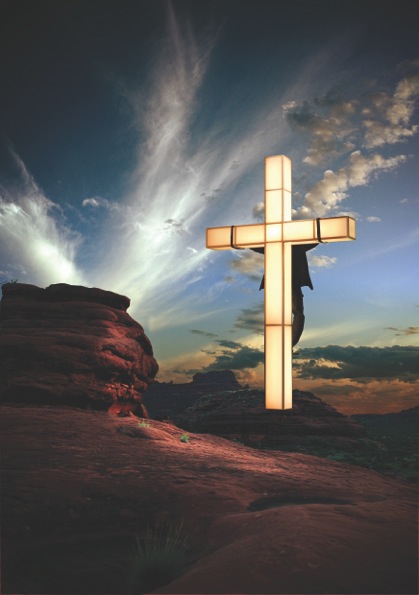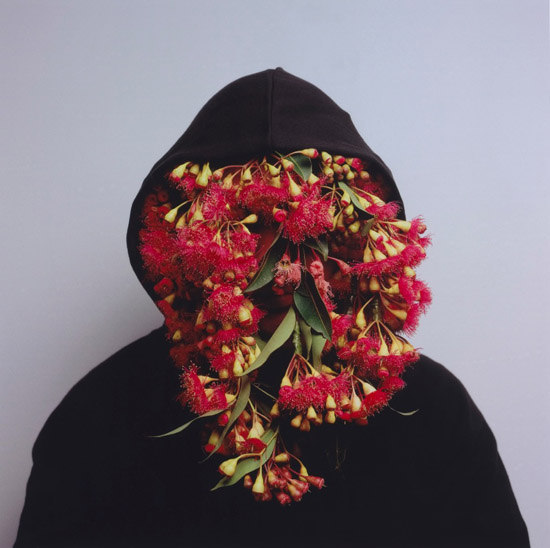Sharne Wolff plucks up her courage and offers a review of QAG/GOMA’s My Country: I Still Call Australia Home: Contemporary Art from Black Australia...
It’s a bit scary writing about Indigenous art right now. Richard Bell warned us a decade or more ago that Aboriginal art is a ‘white thing’ and I’ve just read the recent Indigenous Issue of Artlink [Vol 33 #2] where several essays lament the lack of critical writing on the subject. For this review, however, I’m going to stick with Daniel Browning, who stated in the same Issue, “I’m not drawn to review things I don’t like”.
The ‘My Country’ title of the exhibition is derived from the subject matter of much Indigenous art – and perhaps the most common concern for the artists in this show. Curator Bruce McLean has conceived the exhibition over three general areas – My History, My Life, My Country. Despite the thematic approach, the majority of these 300-plus works represent an amalgam of all three themes in one. From the outset the use of ‘My’ in the titles is a political and contextual term. The art displayed is both a reflection and a reinforcement of the social values and beliefs of numerous Indigenous cultures, each with a unique history. We [the non-Indigenous] might call this place ‘Australia’ but it’s worth noting that many Indigenous people consider it a constructed version of nation.
Warwick Thornton, Stranded (still) 2011. 3D digital video: 11:06 minutes, colour, sound.
Together with Indigenous artists McLean has been championing the necessity for this exhibition for many years. While some popular works have been displayed repeatedly others have only been employed as token nods to inclusivity, or never been shown at all. Here, each and every work adds a unique voice and it’s clear the very existence of the exhibition is symbolic of many things – a declaration of presence, a celebration of endurance and to use Fiona Foley’s words a “renaissance of Aboriginal culture”. Although My Country bills itself as a “landmark collection” – an exhibition intended to showcase three decades of Indigenous art – it’s naturally restricted by what has been purchased (or donated) until now. There are some who suggest that the Gallery collection lacks depth for certain artists – with Foley being one whose work has arguably been neglected.
From the entry to the show where Ron Yunkporta’s Thuuth Thaa’ munth decorated ‘Law poles’ and Arthur Koo-Ekka Pambegan Jr’s carved milkwood Flying Fox Story Place are juxtaposed with Reko Rennie’s Trust the 2% and Jonathan Jones’ lumination fall wall weave light installation, it’s clear this exhibition has adopted a broad meaning of ‘contemporary’. Rennie’s work is one of two large-scale works commissioned. Trust the 2% is a soaring wall mural. The bright diamond pattern in blue, pink, black and green represents the dual influences of Rennie’s Aboriginal heritage and his urban street art background. The title references his affiliation with the disenfranchised while simultaneously drawing on political slogans of the post-GFC Occupy Movement. While the size of the mural is key to its impact on the audience, it might have been more suited to the main hall of the Gallery. On the other hand, Megan Cope’s Fluid Terrain 2012 site-specific work is perfectly positioned. A large survey map installed on the towering glass windows of the Gallery overlooks the Brisbane River and skyscrapers of the CBD. The work acts as a metaphor for the exhibition’s unofficial theme of ‘This Land is Mine’ from the lyrics of the Paul Kelly/Kev Carmody collaboration.
Mirdidingkingathi Juwarrnda Sally Gabori, Dibirdibi Country 2008. Synthetic polymer paint on linen.
Hetti Perkins’ catalogue essay suggests we’re offered a “whirlwind virtual fly-by over our vast continent and islands”. This is the certainly the view extended by artists in remote and desert communities where the physical landscape is painted using aerial perspective. The show illustrates the theme of ‘country’ adopted by individual artists, each with a distinctive style. Examples by Doreen Reid Nakamarra, Mirdidingkingathi Juwarrnda Sally Gabori, Joanne Currie Nalingu, Michael Nelson Jagamarra, Minnie Pwerle and Emily Kame Kngwarreye and others read like a ‘who’s who’ of contemporary Aboriginal landscape painting. While these paintings might be dazzlingly beautiful they are also invested with meaning. The artists stamp their authority on the land and simultaneously wield their paintbrushes in a plea for understanding. Like author and Aboriginal art specialist Wally Caruana says, “through the use of ancestrally inherited designs, artists assert their identity, and their rights and responsibilities. They also define the relationships between individuals and groups, and affirm their connections to the land and the Dreaming.”
Unlike the sanitised versions of Aboriginal art we’re occasionally dished up this exhibition doesn’t hide the subversive nature of the art. While some works act quietly such as Foley’s Black Velvet, Judy Watson’s memory bones or Archie Moore’s small book sculptures, works like Tony Albert’s YRROS (SORRY reversed), Brook Andrew’s The island and everything from Gordon Hookey scream and protest loudly from wherever you are in the room. There’s also palpable strength in Christian Thompson’s Black Gum series, Michael Riley’s Sacrifice (portfolio) and Vernon Ah Kee’s series of large-scale paintings of his family. Ron Hurley’s Bradman bowled Gilbert and several pieces from Gordon Bennett draw on western art history to make their impact.
Christian Thompson, Black Gum 2 (from ‘Australian Graffiti‘ series) 2008. Type C photograph.
Video works are shown across all categories in the exhibition and are amongst the strongest works. Richard Bell’s Scratch an Aussie is always worth another watch because of (or despite) its cringe-inducing power. On the day I visited Vernon Ah Kee’s Tall Man held a dozen school girls riveted to their seats as four screens simultaneously proclaimed the truth of that fateful day on Palm Island in December 2004. Warwick Thornton’s Stranded in 3D uses the artist’s skill as a filmmaker to explore religion and country and blend sublime and surreal elements with the romance of the desert. In Bindi Cole’s I Forgive You an Aboriginal man utters the phrase repeatedly – it’s mesmerisingly potent.
My Country goes some way towards rewriting (or righting) the “whitewashing of Australia’s black history” (Brenda L Croft). For that reason alone it’s a must see exhibition. It’s as equally defiant and angry as it is optimistic and celebratory. Snippets of humour and whimsy also punctuate the seriousness and as Richard Bell said recently, “…for people who’ve been repressed for such a long time there’s a lot of laughter in our communities”. I guess however, for the future, it’s worth heeding the advice that “…being Aboriginal doesn’t make you wise, spiritual or even good at art”. (Stephanie Radok).
My Country: I Still Call Australia Home. Contemporary Art from Black Australia
Queensland Art Gallery | Gallery of Modern Art
Until 7 October.




Hi Sharne Wolff,
Thank you for your courage, a great read and nice to see a review of Bruce’s exhibition.
tony
Yea that’s a cracker of a show! My Country: I Still Call Australia Home. Contemporary Art from Black Australia GOMMA so much more gutsy, spacious and thoughtfully curated than most exhibitions I see. Good review too.